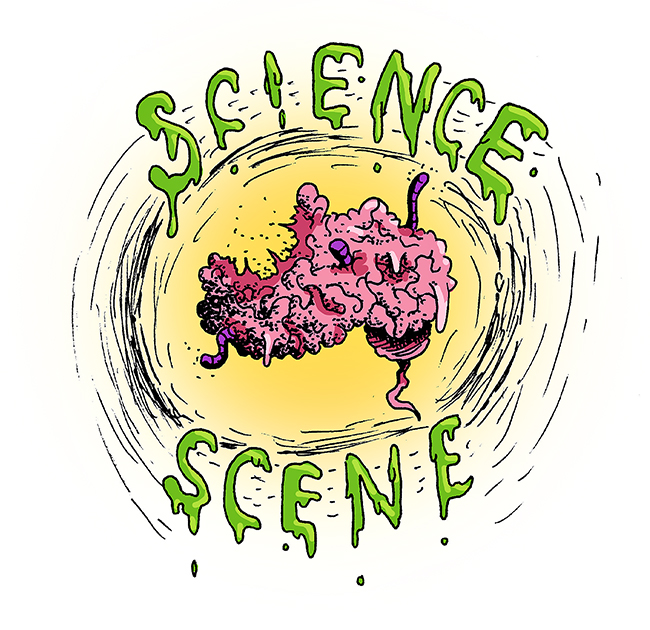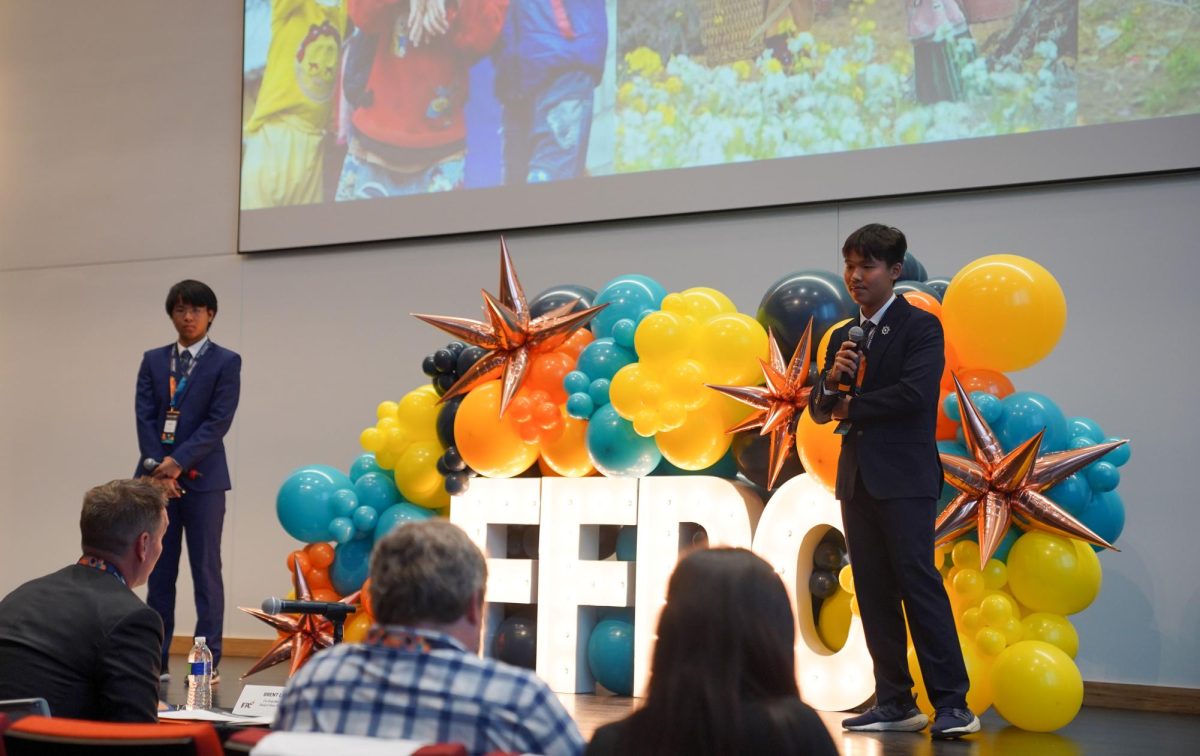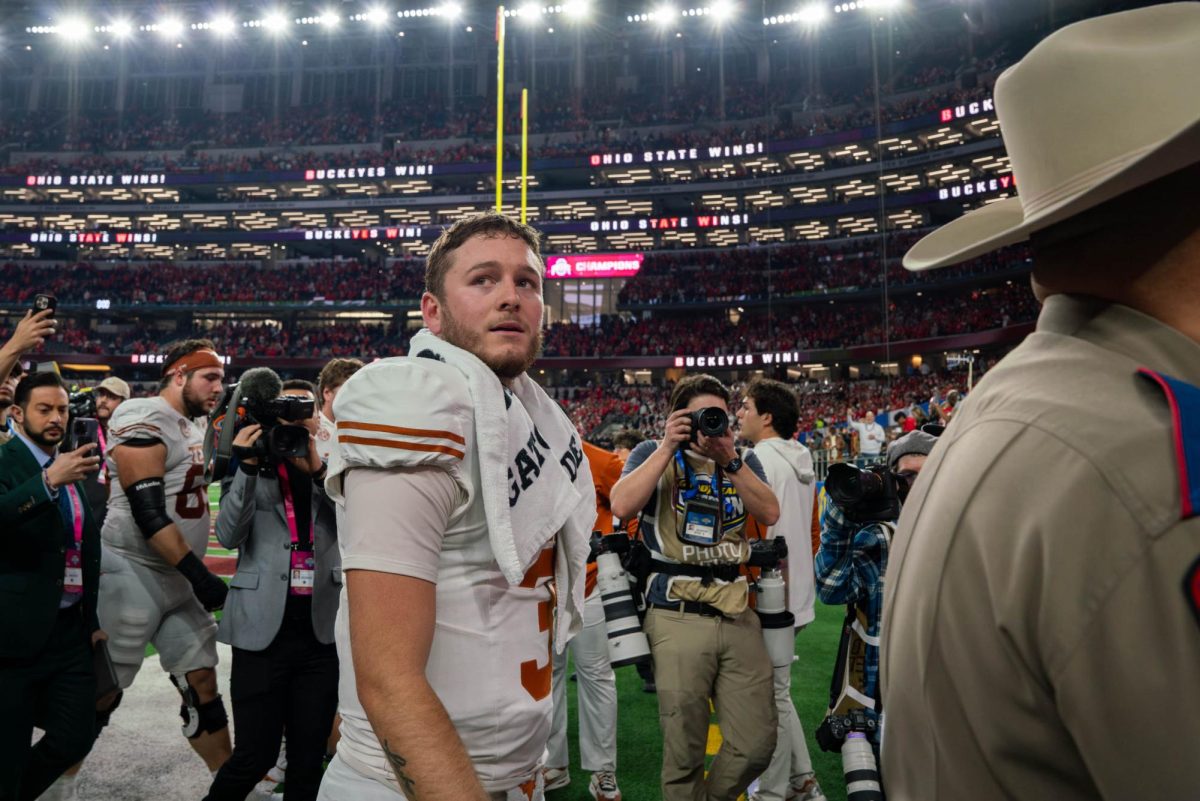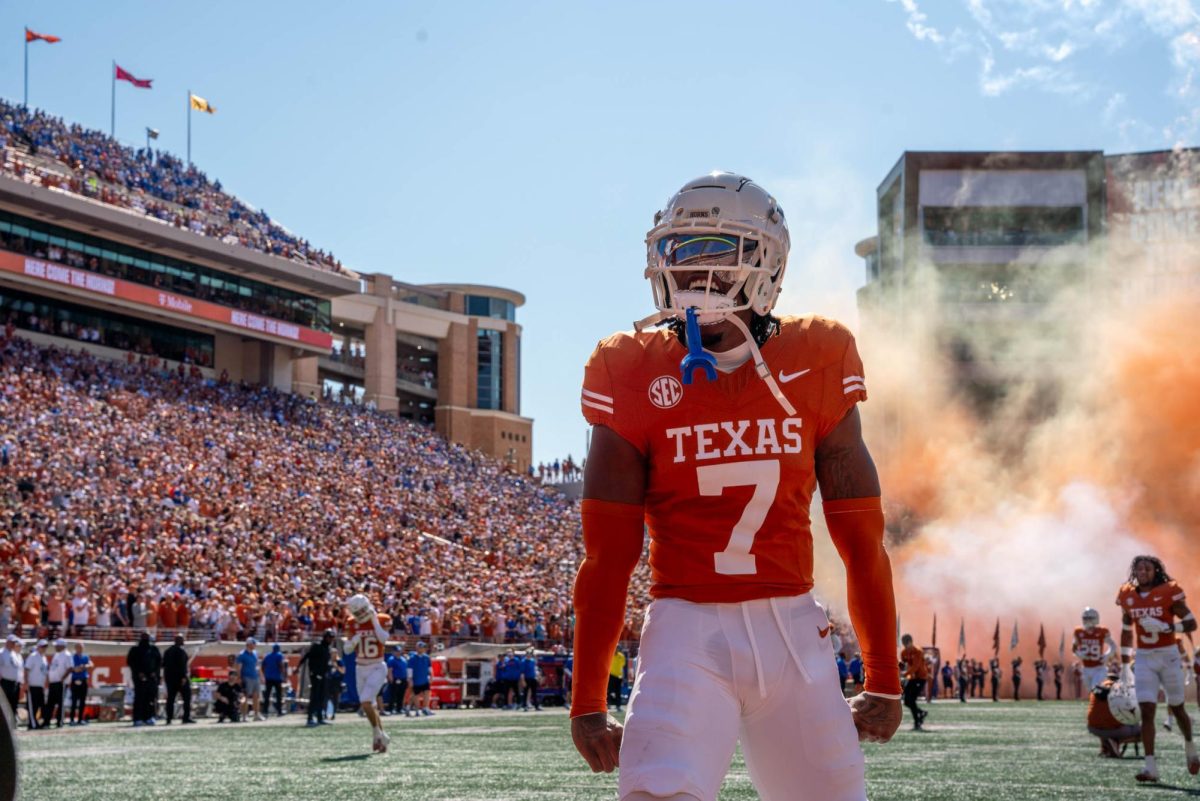Editor's note: This is one part of a three-part Science Scene in celebration of Halloween. To see the other two parts, click here.
While walking home at night, many people have felt the tingly, uncomfortable sensation of eyes watching from the darkness, whether or not anyone is actually there.
It may sound supernatural, but the feeling of being watched is a well-researched phenomenon. People are likely to assume that a gaze is directed toward them even when it isn’t, according to a 2013 gaze perception study by researchers at the University of Sydney. People are even more likely to feel like they are being watched in the darkness or when it is hard to see someone’s eyes or face.
The research could explain the classic feeling of being followed by the eyes of paintings in an art gallery or the hair-raising sensation of being stared at from behind.
To investigate this common occurrence, researchers conducted an experiment in which they presented subjects with computer-generated faces at different angles and with various distortions, such as a blurring of the eyes.
The results showed that in well-lit, clear conditions, people normally use context clues, such as the angle or position of the person’s head, to tell whether their gaze was directed at them. In darkness or obscurity, however, people’s brains filled in gaps in perception with assumptions. All participants in the study were more likely to perceive a distorted or darkened image as looking directly at them, even when the eyes were turned away.
Colin Clifford, one of the scientists leading the investigation, attributes this perception to an evolutionary assumption.
“It turns out that we’re hard-wired to believe that others are staring at us, especially when we’re uncertain,” he said in an interview with the University of Sydney News.
These evolutionary “assumptions” can be seen in humans’ keen sense of pattern recognition. One example could be seen in ancient humans living on the Savannah. A threat to them might be a tiger, which blends into the grass with its striped coat. If the people saw a shape and assumed it was a tiger, but it turned out to be just grass, they were safe. If they assumed it was just grass, but it was actually a tiger, they might not have made it out alive. So in some contexts, presuming a pattern is a threat may be the safest strategy.
The same concept applies to how individuals perceive gazes.
“A direct gaze can signal dominance or a threat and if you perceive something as a threat, you would not want to miss it,” Clifford said. “Simply assuming another person is looking at you may be the safest strategy.”
The likelihood of feeling stared at differs from person to person. Those with social anxiety, for instance, are much more likely to feel as though others are watching them, while people with autism have less of a tendency to feel like they are being watched. In future research, Clifford said he plans to investigate whether this awareness is learned or not.
“It’s important that we find out whether it’s innate or learned — and how this might affect people with certain mental conditions,” Clifford said.
This research may soothe the fear of eyes watching from the darkness, but people should not be too quick to dismiss that tingly feeling. Evolutionary instinct has led people this far — who knows what’s lurking in the darkness on Halloween?



















